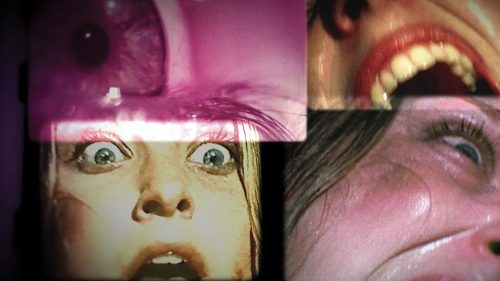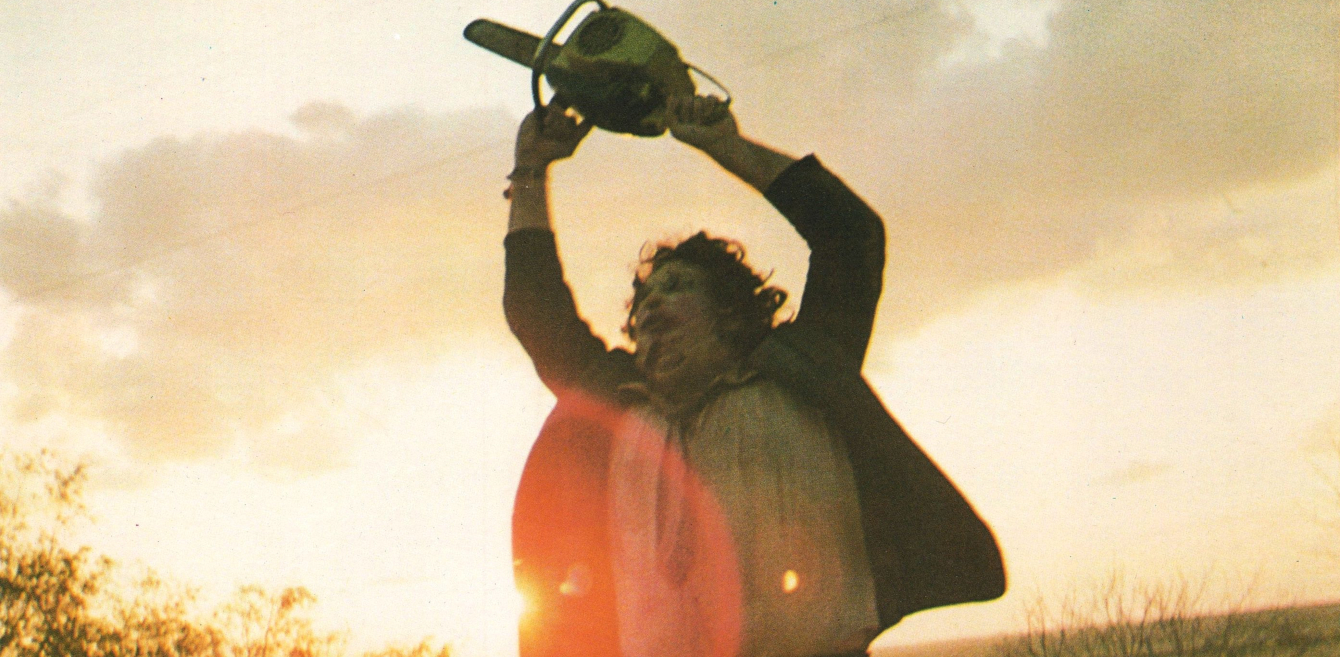
On the fiftieth anniversary of its release, Alexandre O. Philippe’s documentary explores the profound impact and enduring influence of Tobe Hooper’s The Texas Chain Saw Massacre on five major artists – Patton Oswalt, Takashi Miike, Alexandra Heller-Nic...
Certain scenes from The Texas Chain Saw Massacre (1974) remain indelible in the mind after watching it: the metal door that Leatherface slams shut after bludgeoning his victim, the cannibalistic grandfather being handed the hammer to deliver the final blow to the girl, but unable to hold the weapon, and the hysterical laughter of the sole survivor at the end. These are the truly shocking moments of a slasher film, far less bloody than it might seem, which redefined the genre’s conventions and spawned a franchise and a still-thriving subgenre.

The plots of films inspired by The Texas Chain Saw Massacre are similar, with protagonists – often naive young people on a trip – who accidentally turn onto an unknown road and find themselves plunged into a hell populated by redneck/hillbilly characters. Films closely related to Hooper’s work include The Hills Have Eyes (1977) directed by Wes Craven, Tourist Trap (1978), featuring a beautiful score by Pino Donaggio, and even American Gothic (1988) with Rod Steiger and Yvonne De Carlo, all the way to the films of Rob Zombie and Ti West. The unusual use of the chainsaw as a weapon would become, in Sam Raimi’s Evil Dead series, a natural extension of the insane protagonist Ash, played by Bruce Campbell. At the time, Hooper’s film was distributed in the States by the Bryanston Distributing Company, owned by mobster Louis Peraino, who had produced the pornographic film Deep Throat a couple of years earlier.